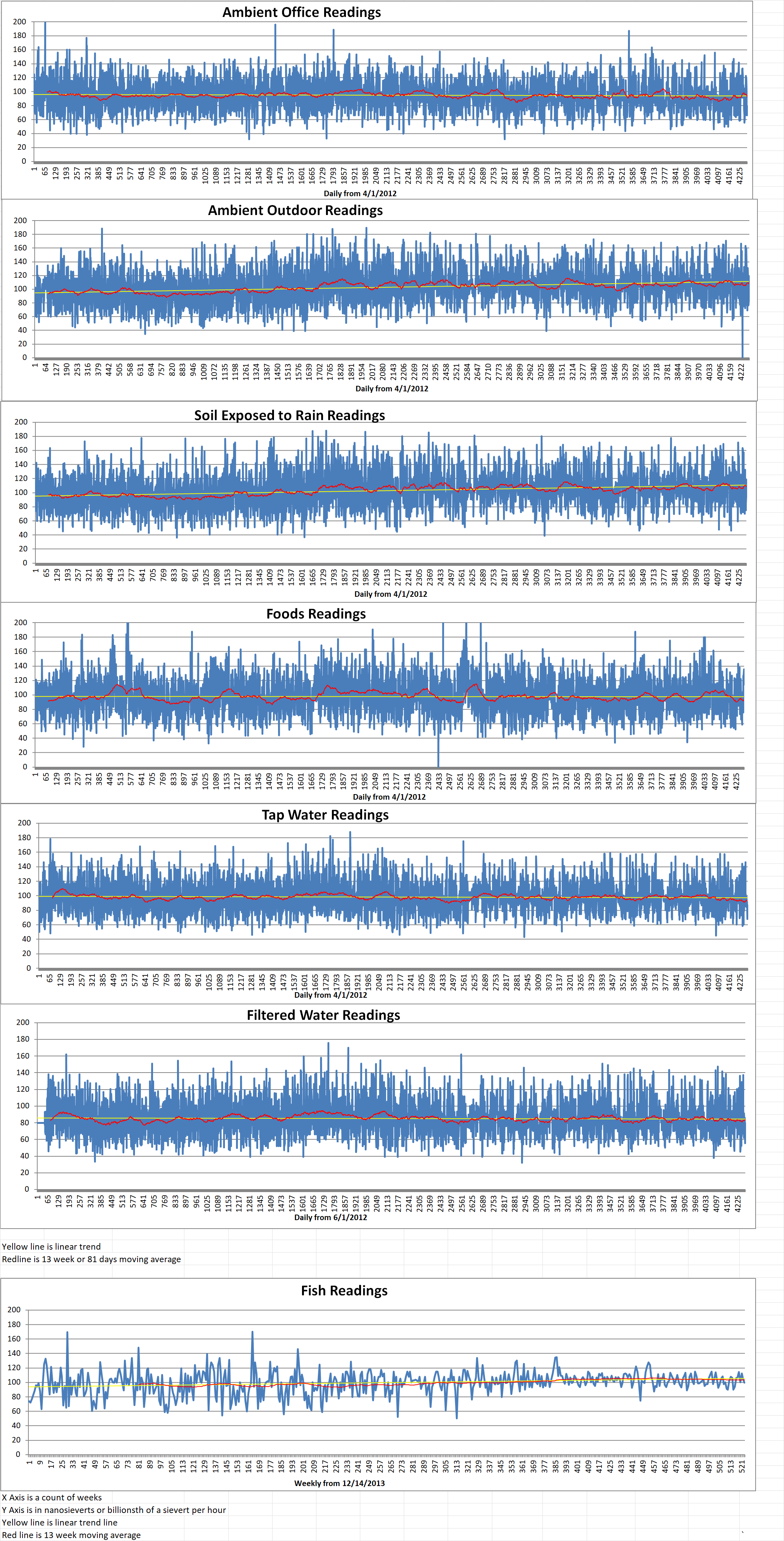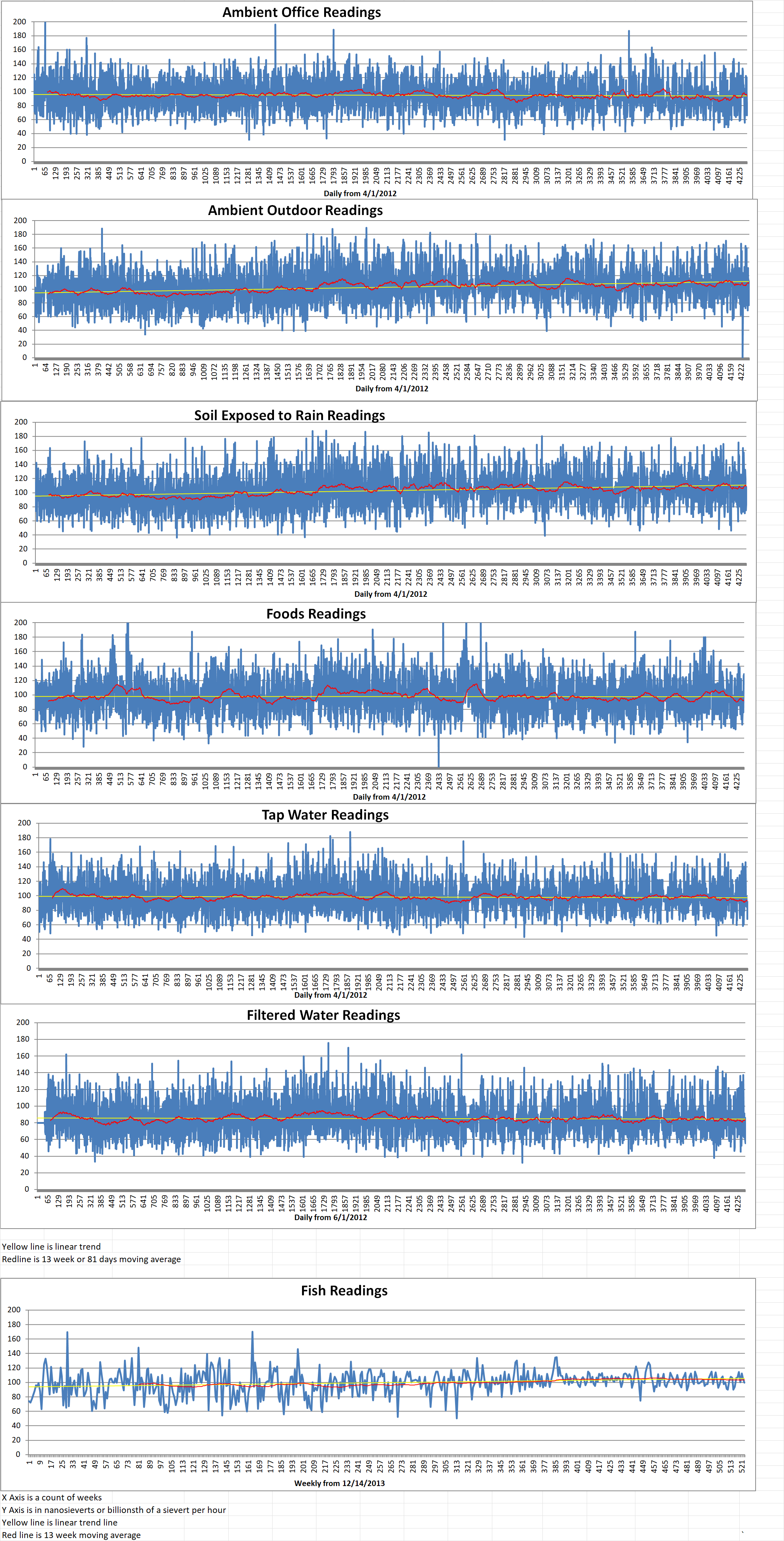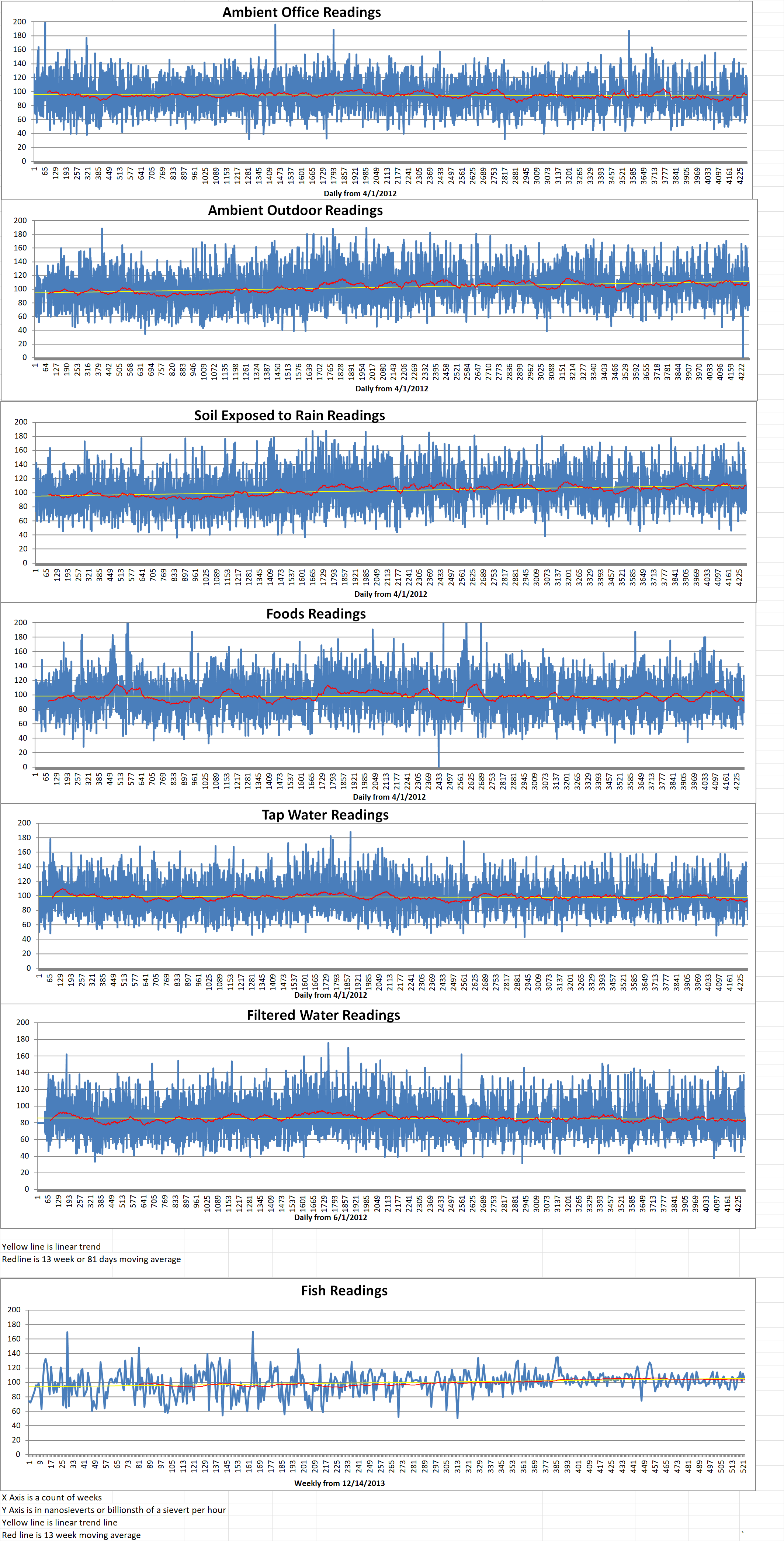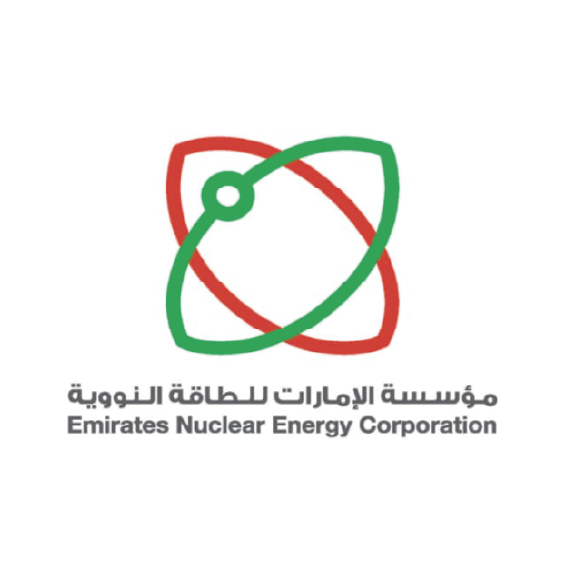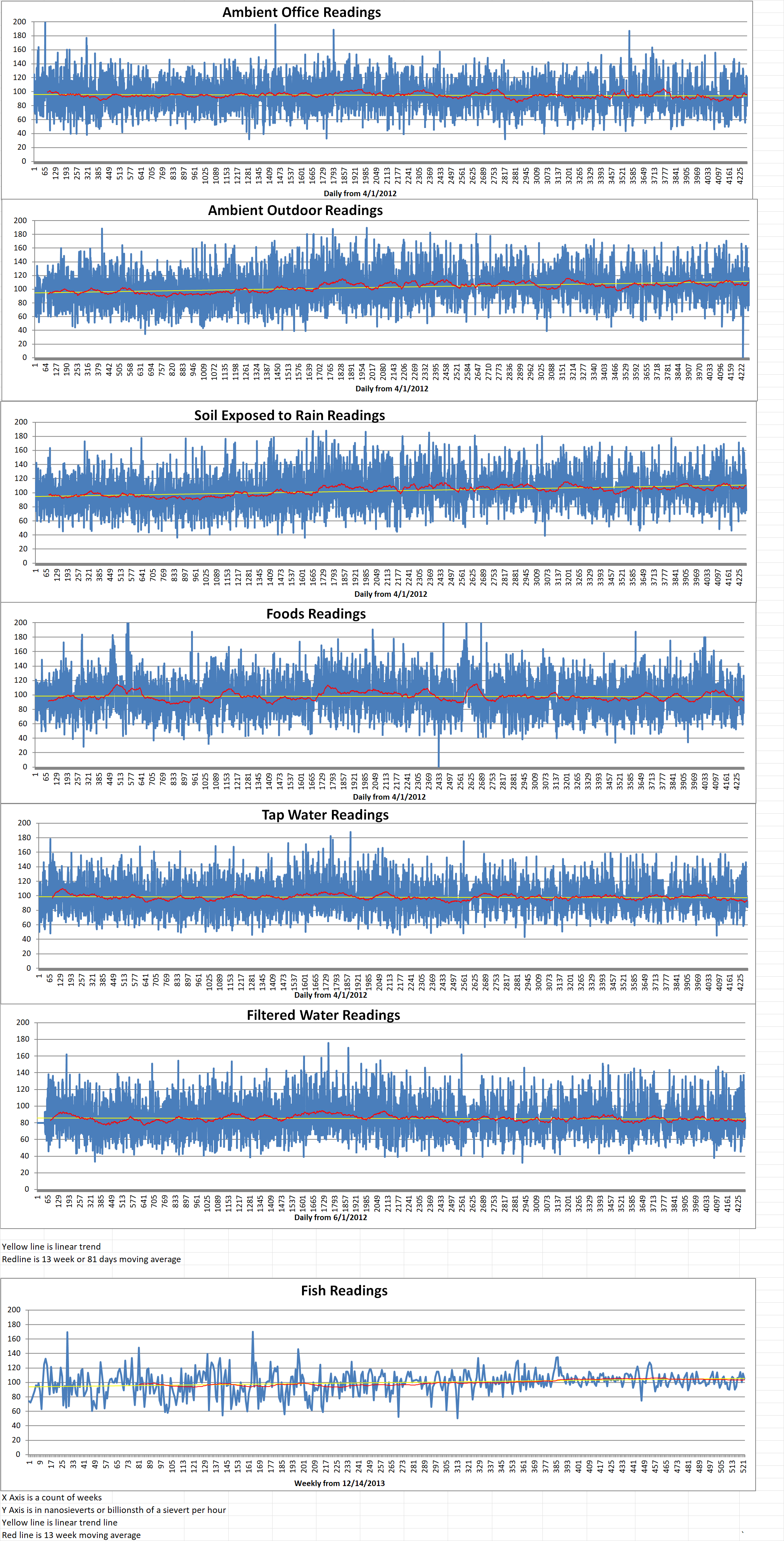Emirates Nuclear Energy Corporation (ENEC) of the UAE and Korea Electric Power Cooperation (KEPCO) have signed a memorandum of understanding (MoU) to increase research and investment opportunities in nuclear energy in third countries.
The MoU was signed on May 29 this year in Seoul, Korea by ENEC Managing Director and CEO Mohamed Al Hammadi and KEPCO President and CEO Dong-Cheol Kim. The signing of the MoU was witnessed by South Korean President Yoon Suk-yeol and UAE President Mohamed bin Zayed AL Nahyan.
ENEC said, “This partnership marks the next step in the two nations’ collaboration to spearhead nuclear energy development in other countries by providing the relevant expertise to accelerate the deployment of this crucial source of clean baseload electricity.” It explained that the partners “will explore co-investing in the establishment of nuclear energy plants globally and seek to address the instrumental role nuclear energy plays in addressing climate change and achieving net-zero targets”.
The MoU, ENEC said, builds on its and KEPCO’s expertise in various fields, including “the efficient, safety and quality-led development and implementation of nuclear energy plants, and the significant transmission and distribution infrastructure required to integrate into national grids”.
KEPCO mentioned that the global nuclear power plant market has recently started changing from “a pure construction project (EPC) method, in which ordering countries build nuclear power plants with their own resources, to a method that requires operators to participate in a certain level of financing”.
KEPCO said, “Accordingly, the ability to raise financial resources is emerging as one of the key factors for business success. If we combine the strengths of Korea and the UAE, which can carry out profitable nuclear power projects through this MoU, we will be able to secure a differentiated comparative advantage over competing countries in the global nuclear power plant market.”
Kim Dong-cheol is the President of KEPCO. He said, “As the overseas nuclear power plant export business is a national competition … a trustworthy partner like the UAE is absolutely necessary in the fierce overseas nuclear power plant export competition. With the signing of this MoU, we will do our best to create a success story for the second nuclear power plant export.”
Under a twenty-billion-dollar deal announced in December 2009, four Korean-designed APR1400 reactors have been constructed at the Barakah site in the UAE by a consortium led by KEPCO. First concrete for Barakah 1 was poured in July 2012. Concrete for Units 2-4 was poured in April 2013, September 2014 and July 2015, respectively. Unit 1 started commercial operation in April 2021, Unit 2 in March 2022 and Unit 3 in February 2023. Unit 4 was connected to the UAE grid in March of this year and is scheduled to begin commercial operation later in 2024.
ENEC said that the Barakah plant is the flagship project of the UAE Peaceful Nuclear Energy Program. The company is “now focused on exploring opportunities in the UAE and overseas in large-scale plants, SMRs and advanced reactors, related clean technologies such as hydrogen generation and R&D to maximize the full value of the expertise developed in nuclear mega project program delivery, capacity building and technology deployment”.

